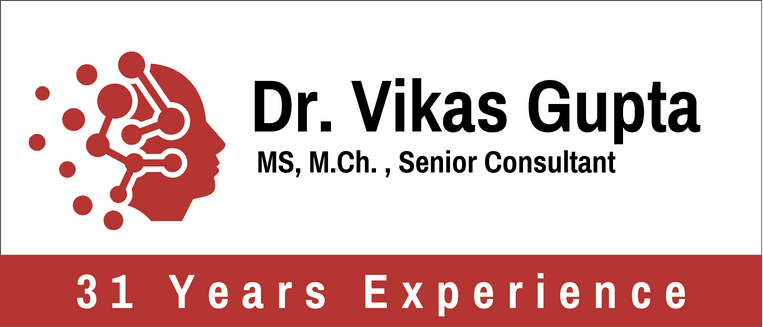Brain Arteriovenous Malformation
What is a Brain Arteriovenous Malformation?
An arteriovenous malformation (AVM) in the brain is a rare condition in which abnormal connections form between arteries and veins. These connections disrupt normal blood flow, potentially leading to severe complications.
Understanding arteriovenous malformation symptoms and causes is essential for effective management and treatment.
What Causes Arteriovenous Malformations?
The exact cause of a brain AVM is not always clear, but it is believed to be a congenital condition, meaning it is present at birth. Key factors include:
- Genetic Factors: Some people may inherit conditions that predispose them to develop AVMs.
- Developmental Issues: AVMs may form during fetal development, leading to abnormal blood vessel formation.
- Trauma or Injury: In rare cases, head injuries or trauma can contribute to the development of AVMs.
Addressing these factors through regular medical evaluations can help in early detection and management.
What Are the Symptoms of Arteriovenous Malformations?
The arteriovenous malformation symptoms can vary based on the size and location of the AVM. Common symptoms include:
- Headaches: Persistent or severe headaches can be a sign of an AVM.
- Seizures: AVMs can irritate brain tissue and lead to seizures.
- Neurological Deficits: Weakness, numbness, or difficulty speaking may occur if the AVM affects brain function.
- Vision Problems: Visual disturbances may be experienced if the AVM impacts areas of the brain responsible for vision.
- Hearing Issues: Changes in hearing or tinnitus (ringing in the ears) can occur.
Recognizing these symptoms early is crucial for timely diagnosis and treatment.
How is a Brain AVM Diagnosed?
Diagnosing a brain AVM typically involves several steps:
- Medical History and Physical Examination: A detailed medical history and physical exam help identify symptoms and risk factors.
- Imaging Tests: Advanced imaging techniques such as MRI, CT scans, and angiograms are used to visualize the AVM and assess its size and location.
- Angiography: This specialized imaging test involves injecting a contrast dye into blood vessels to get a detailed view of the AVM.
Early and accurate diagnosis through these methods is essential for planning appropriate treatment.
What Are the Treatment Options for Arteriovenous Malformations?
Treatment for a brain AVM depends on various factors, including its size, location, and symptoms. Options include:
- Observation: Small AVMs that are not causing symptoms may be monitored regularly with imaging.
- Medication: Medications may be prescribed to manage symptoms such as headaches or seizures.
- Surgical Intervention: Surgery may be necessary for larger or symptomatic AVMs. Treatment options include:
- Surgical Resection: The AVM is surgically removed, which can be highly effective but depends on the AVM’s location.
- Endovascular Embolization: A catheter is used to deliver materials that block the abnormal blood vessels, reducing blood flow to the AVM.
- Radiosurgery: Focused radiation is used to target and shrink the AVM over time.
Consulting the best doctors for arteriovenous malformation in Delhi ensures access to cutting-edge treatment options and personalized care plans.
Why Choose Us for Your Brain AVM Treatment?
For arteriovenous malformations (AVM) treatment in Delhi, India, our facility is the top choice. We specialize in diagnosing and treating arteriovenous malformation. Our expert team includes the best doctors for arteriovenous malformation in Delhi, offering advanced treatments and surgery tailored to your needs. We provide comprehensive information on arteriovenous malformations: treatment, surgery, and cost, ensuring transparency and personalized care.
Choose us for cutting-edge care and effective management of AVM, backed by leading specialists and state-of-the-art facilities.
